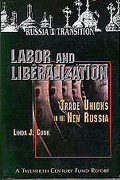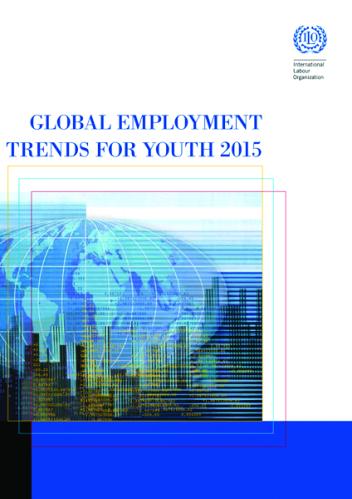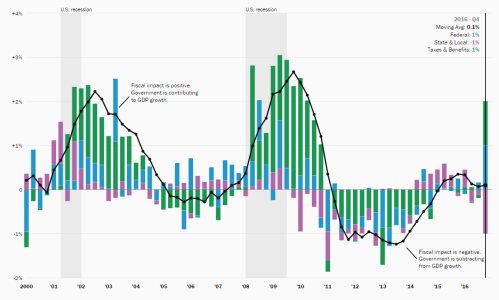This article originally appeared on Real Clear Markets on April 25, 2017.
One reason for growing inequality is high rates of joblessness among those without much education. If you don’t have a job, your income plummets. And while unemployment insurance or other benefits can replace some of that income, it can’t fill all of the hole. So if we want more broadly shared prosperity, we need to look at what’s happening in the labor market.
One problem is that when people look at the labor market, they often come to the wrong conclusion. They see well-paid jobs in manufacturing or elsewhere disappearing. They conclude that there are simply not enough jobs to employ everyone who wants to work. Their implicit view of the world is that there are a fixed number of jobs and that it will be impossible to supply everyone with a reasonable livelihood. Economists call this “the lump of labor” fallacy.
This way of thinking is a fallacy because the number of jobs in the economy depends on how much people are spending and investing, that is on the total demand for goods and services. Instead of one or two pairs of jeans, we may want a pair for every different occasion. In his book on economic growth in the U.S., Robert Gordon explains how as recently as a century and a half ago, it would have been unusual for most people to have had more than one or two outfits. Now our closets are jammed with clothes. And don’t forget about services. Even if we don’t need more cars or cell phones or blue jeans we may want to enjoy greener parks and cafes with exotic food or have access to better education, health care, transportation, and a cleaner environment.
Of course, it’s going to be difficult to teach a steel worker to be a nurse or a gourmet cook but that’s a different issue than the argument that we don’t have enough jobs. These imbalances between the skills in demand and those possessed by the existing work force – along with the fact that the jobs are often in one place and the people who need them in another – is often referred to structural joblessness. I believe we need more efforts to assist the structurally jobless with training and relocation and information about where the jobs are. Right now we are spending about one sixth as much as our European competitors on such measures. Harry Holzer has called for a new “Race to the Top” fund to catalyze more state-level efforts to train and relocate workers who are stranded in distressed areas or who lack skills in demand. California has led the way in expanding career and technical education for its youth. But such efforts need to be combined with maintaining full employment via fiscal or monetary policy. Together they arguably prevented the financial crisis of 2007 from turning into a 1930s-style depression.
Why is maintaining full employment so important for inclusive growth? As Jared Bernstein has shown, tight labor markets raise wages, hours, employment and thus incomes far more for the working and middle classes than almost anything else we could do. My own analysis suggests something very similar. Tight labor markets also cause companies to do a lot more training, leading to a badly needed upgrading of worker skills. Yet, over the period 1980 to 2016, we managed to keep unemployment at or below CBO’s measure of full employment only 29 percent of the time, according to Bernstein’s analysis. This contrasts to 72 percent of the time from 1949 to 1979.
Right now, the job market is beginning to look very much like it did back in 2007 before the crisis. Not only is the unemployment rate hovering around 4.5 percent but the ratio of job openings to the number of people looking for work is a little below where it was in most of 2007.
That said, there are still reasons to be concerned. Labor force participation rates have fallen since 2000, quite dramatically among less educated men, in particular. One possibility is that this reserve army of the jobless means that the job market is not quite as tight as it seems. Another possibility is that if we press further on the accelerator, they will flow back into jobs, leading to a hoped-for higher growth rate. Some economists, such as Larry Summers, like to talk about “hysteresis” or the fact that prolonged cyclical downturns may cause people to leave and then remain out of the labor force even after a recession is over. Skills atrophy, discouragement sets in, and in some cases people turn to drugs or other unhealthy behaviors as a result. This has adverse effects on both long-term growth and its inclusivity. What we don’t know, but should want to find out, is whether we might now see some hysteresis in reverse – that is, a tight labor market encouraging those on the sidelines, especially the less skilled, to get back into the labor force and encouraging employers to train them.
This invokes a role for the Federal Reserve. They can be instrumental in testing for “reverse hysteresis” by allowing the economy to “run hot” while keeping the unemployment rate as low as possible for as long as possible. Should the inflation rate begin to accelerate, they can always take preventive action (raise rates). In other words, don’t shoot the inflation enemy until it is real.
Is there a risk that if we wait too long inflation will get ahead of our ability to control it quickly and effectively? Despite some hand-wringing about this, inflation remains below the Fed’s target of 2 percent and inflationary expectations are low. And even if some risk exists, I believe restoring a higher and more broadly shared rate of economic growth is more important.










Commentary
Op-edInclusive growth requires maintenance of full employment
April 25, 2017